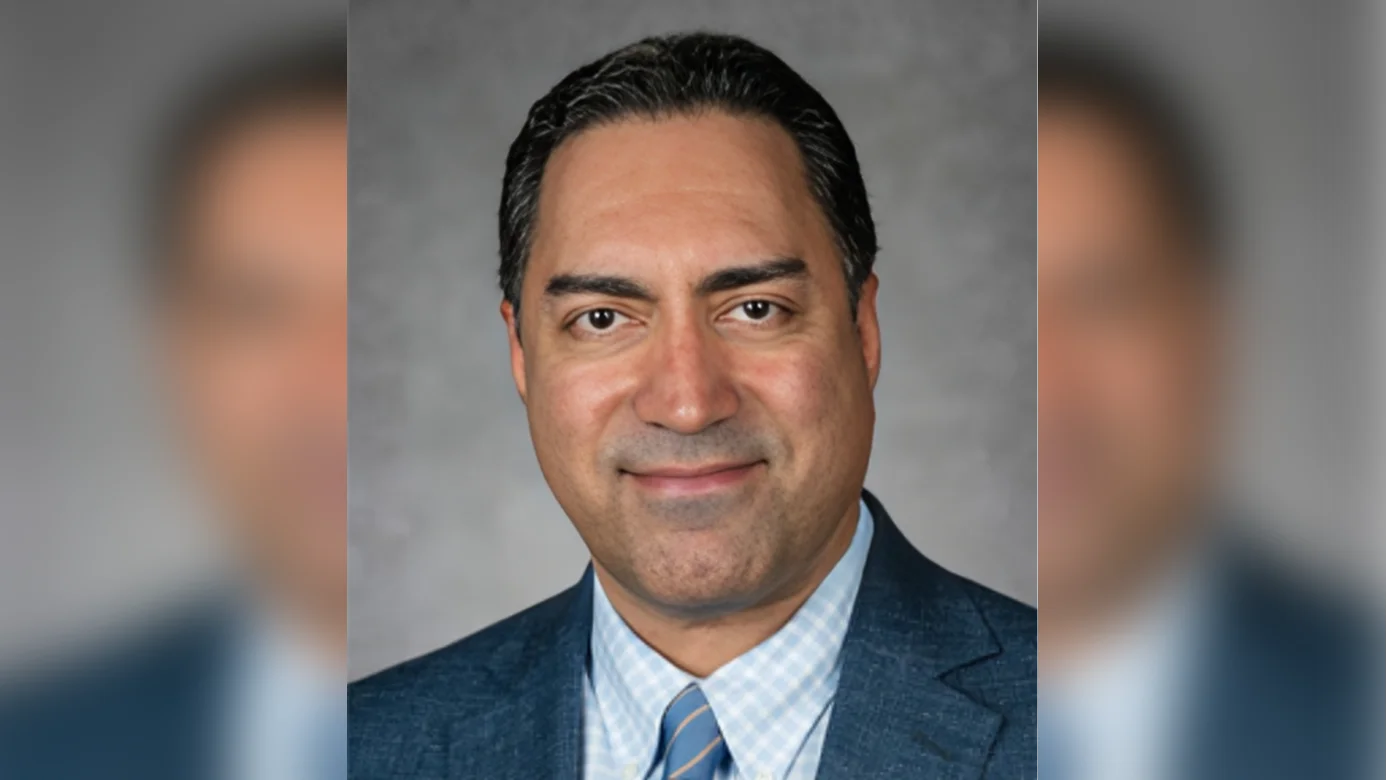
President Robert L. Manuel, PhD | DePaul University website
Chicago, Mar 11, 2024 - Natural history museums are celebrating the launch of a major digitization project that offers the public and scientists access to CT scans of more than 13,000 species of animals. The initiative, known as the openVertebrate (oVert) project, involved a five-year collaboration among 18 institutions to create 3D reconstructions of vertebrate specimens, now freely available online.
Noé de la Sancha, a mammologist at DePaul University and co-author of the project summary published in the journal BioScience, highlighted the significance of this endeavor by stating, "This project will help democratize access to specimens from around the world."
De la Sancha's focus on rodents within the project led to the identification of functional traits for rodents throughout the rodent tree of life. He emphasized the importance of CT scanning in this process, stating, "CT scanning allows us to do this in a way we never could before."
The project, funded by the National Science Foundation, aimed to scan specimens preserved in ethyl alcohol initially but expanded to include a diverse range of species, such as a humpback whale and spinosaurus. Edward Stanley, an associate scientist at the Florida Museum of Natural History, shared his experience with unexpected discoveries during the scans, stating, "All kinds of things jump out at you when you’re scanning."
As the oVert project spanned from 2017 to 2023, CT scans were conducted on a wide array of specimens, providing valuable insights into the internal structures of various organisms. De la Sancha's ongoing work involves incorporating the project into his teaching and research at DePaul University, aiming to train students to utilize the project's data effectively.
The project's extensive dataset presents both opportunities and challenges, with de la Sancha noting the importance of advancements in technology to unlock the full potential of the images. The team's efforts have not only expanded access to valuable specimens but also paved the way for innovative research in the fields of ecology and evolution.
For more information about the oVert project, interested individuals can visit the project online.






 Alerts Sign-up
Alerts Sign-up